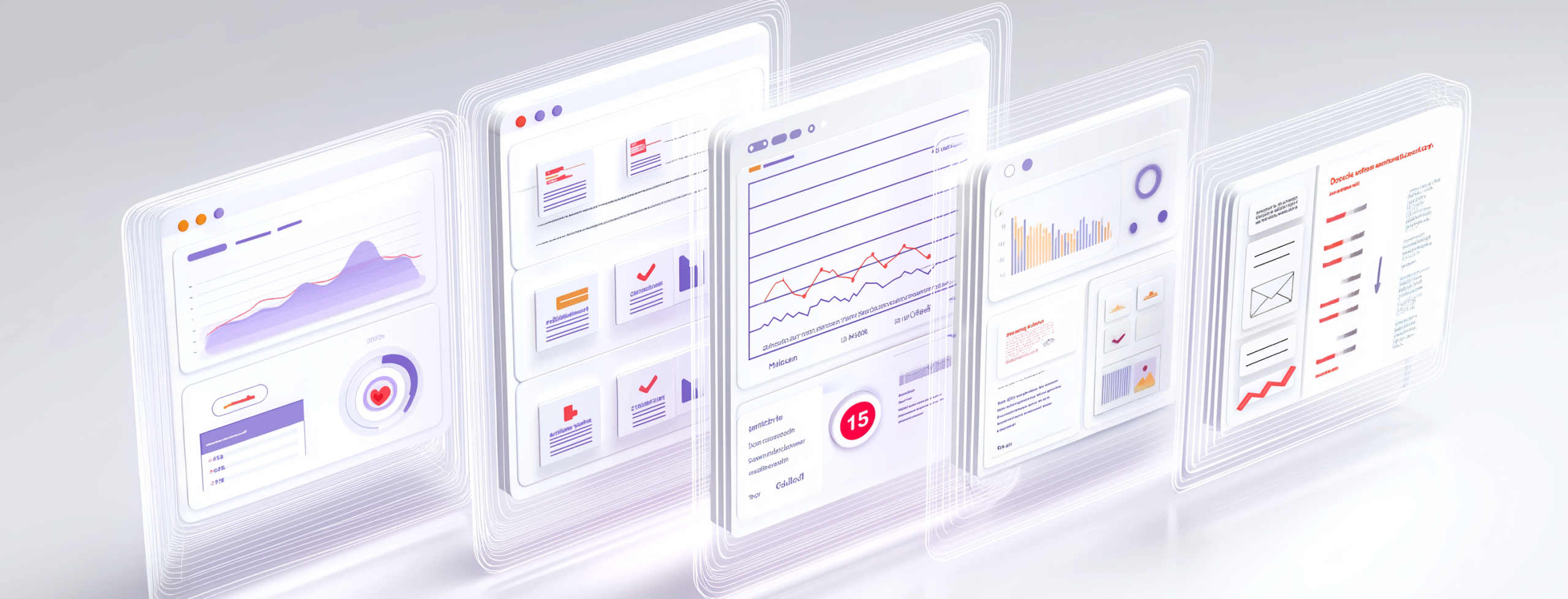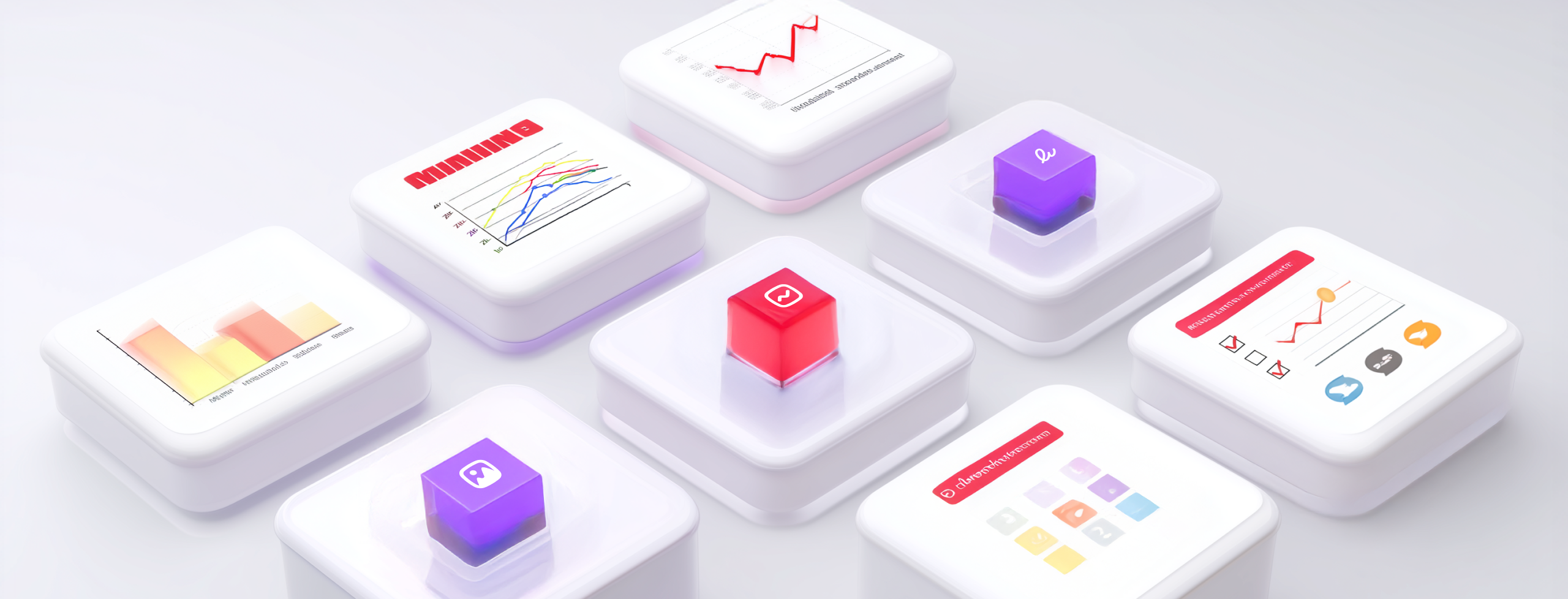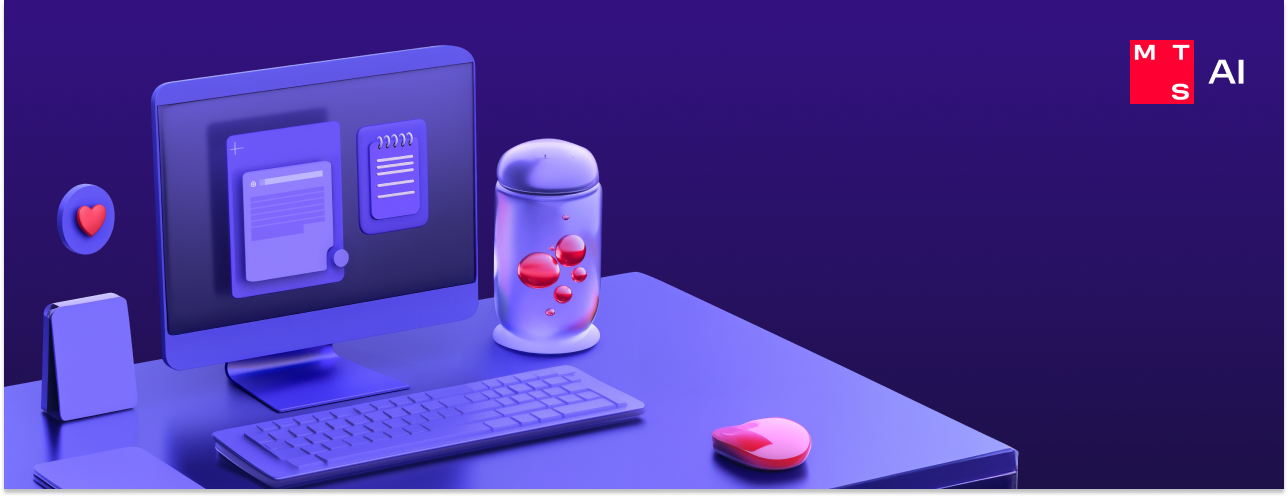In this issue of #InfocusAI, we discuss an AI system designed specifically to reduce the cement industry’s carbon footprint, an evaluation of the environmental costs associated with large language models, a new step toward resolving the “black box” problem in LLMs, advances in quantum computing, and novel materials used for control temperature in rooms.
AI-focused digest – News from the AI world
Issue 68, June 26 – July 10, 2025
Swiss scientists develop AI model to make cement industry more sustainable
Scientists from the Paul Scherrer Institute have developed an AI system capable of inventing new cement recipes with the goal of minimizing carbon footprint. The cement industry contributes a significant share of global carbon emissions. It takes seconds for this new AI model to generate optimal formulas and suggest alternative materials to clinker content (which makes the major environmental impact in cement production) providing the strength required with less emissions. AI-created recipes are still need to be verified, but, in general, the system proved useful for expediting the “green cement” development. More information is available here.
Scientists evaluate environmental impact of LLMs
Here is another environment-related news. Scientists from the Munich Center for Digital Sciences and AI (MUC.DAI) assessed the environmental costs of 14 large language models. Llama*, Qwen, DeepSeek and Deep Cogito in both compact (7-8B parameters) and major (70B+ parameters) versions were tested to determine how environmentally friendly they were. Energy consumption and CO2 equivalent emissions were measured when these models were tasked with answering thousands of questions from various knowledge areas using GPU NVIDIA A100. The results showed that larger LLMs and LLMs with the reasoning function reached a higher accuracy, but also created several times more emissions than their compact versions, mainly due to an increased number of tokens generated. Figures are given here. It would be interesting to look at the same study done for ChatGPT and Gemini…
*The LLaMA model was created by Meta Platforms. The organization is considered extremist and banned in the Russian Federation.
Researchers learn when AI starts to actually understand language
Swiss scientists have made another step in solving the “black box” problem in LLMs. They discovered that when using small amounts of learning data, transformer neural networks initially rely on the positions the words have in a sentence when generating a reply. However, as soon as the system receives enough data, it switches to a new strategy based on the meaning of these words. This transition from syntax to semantics occurs abruptly once the data volume reached a critical threshold. Details are available in Science Daily, and the actual study is published in the Journal of Statistical Mechanics: Theory and Experiment.
US scientists confirm exponential acceleration of quantum calculations
This news is for those familiar with quantum calculations. Scientists from several research centers in the US experimentally proved the exponential quantum speedup, when a quantum computer solves a task faster than traditional calculation systems as this task gets more complex and involves more and more variables. A 127-qubit quantum processor by IBM was used for the experiments. As the test task the scientists took a version of the renowned Simon’s mathematical problem adapted for the equipment limitations. The Simon’s problem itself does not have a practical application, but getting proof that actual quantum machinery (for 58-qubit schemes in particular) is capable of accelerating its solving exponentially is an important step to find practical application for quantum computing. For details, see the Physical Review X journal.
AI aids in developing materials to control room temperature
This is the news for those who are tired of summer heat and upset with spikes in electricity bills when they use air conditioning. An international team of scientists developed an AI system capable of designing efficient thermal meta-emitters, or materials employed for thermal radiation control. The scientists used it to create 7 samples of such materials with excellent characteristics. When these materials are applied as coatings, we can expect 5 to 20 degrees lower temperatures in buildings. Details are available in the article in Nature.












